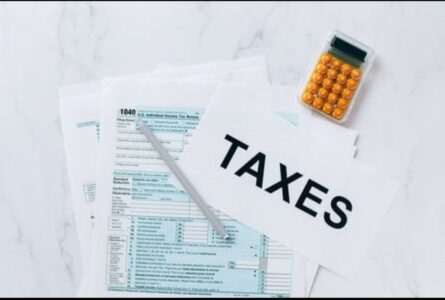Financial Reports- Understanding Income Statement
Profit & Loss account also known by the name of Income Statement, summarizes the overall expenditures, revenues, net profit and loss incurred during the accounting period be it monthly, quarterly or yearly. It reveals the profit and losses so generated during the period by carrying on its operations significantly.
These type of statements are prepared and presented using the method of cash system of accounting (which means expenses are recorded only when they redeemed and incomes are recorded when they are received) or accrual method of accounting (transactions are recorded when they occur irrespective of the timing of the cash flow). The Profit & Loss statement reflects the ability of the corporate generating maximum sales, reducing and managing expenses and creating profits. Even the non-profit organizations prepare this income statement to evaluate its performance.
This statement is generally made in T-shaped format which separates the columns of revenue and expenses considerably.
While profit & Loss account is a nominal account (expenses and losses are debited; all incomes and gains are credited in the account) which reveals financial condition of the businesses and individuals.
Why one need to understand the preparation of Profit & Loss statement?
To understand the financial health of the business one need to supervise the spending of the capital invested and how much part of it is converted out in profits as profit accumulation would lead to expansion of the enterprise, opening new branches, employing more staff or attracting more investment. It shows whether the company is financially sound or stable so that investors can feel confident to stake their money at your company.
Components of Profit & Loss Statement
• Trading account– This account is prepared before the preparation of profit & loss account to come up with the final amount of gross profit by deducting following revenue items from expenses:
All these expenses are shown on the debit side of the Profit & Loss account
Opening stock- It is refers to the inventory or material which is carried forward from the previous year and is carried down to current accounting period. This figure is taken from last year accounts which are depicted by the name of closing inventory in the balance sheet. This inventory may be in the form of raw materials, work-in-progress or finished goods.
Purchases- It refers to the goods so bought by the entity to be sold further to the customers rather as an asset to be invested.
Purchase return- If goods are found to be defective or damaged then goods so returned are shown as a deduction from the purchases account.
Direct expenses- These expenses that are directly incurred with respect to purchase or manufacturing of goods include: wages, custom and import duty, carriage expenses, royalty, freight and manufacturing expenses.
All the expenses are shown on the credit side of Profit & Loss account
Sales- It refers to the quantity of the goods so sold to the customers out of the purchases made.
Sales return- The quantity of the goods so returned by the customers due to certain defect or damage during the delivery or wrong product delivery.
Closing stock- The inventory left at the end of the accounting period is known as closing stock.
Closing stock = Opening stock + Purchases – Cost of goods sold
• Profit & Loss account– This account includes all indirect expenses so incurred and indirect revenues generated during a financial year.
Debit side of Profit & Loss account includes following expenses:
Salaries and wages- These are the employment expenditures which are paid to the workers, administrative and operative staff.
Marketing expenses- All those expenses which were incurred in respect to promotion and advertisement of goods. It may include expenses like- carriage outward, freight outward, advertisement, godown rent, commissions and discount allowed.
Depreciation- Being a non-cash expense it tends to reduce value of an asset due to normal wear and tear attributable to revenue capacity.
Rent and royalties- Property and equipment used for running the business taken on rent come under this head.
Bad debts- If a company fails to recover the lent amount from the debtors then it are written off in the profit & loss account.
Office and administration expenses- includes:
o Rent, rates and taxes
o Postage and telegram
o Telephone charges
o Printing and stationary
o Office electricity
o Insurance
o Legal charges
Financial and other expenses- includes following expenses:
o Bank charges
o Interest
o Repairs and maintenance
o Audit fees
o Loss by theft, accident and fire
Miscellaneous and sundry expenses
Credit side of Profit & Loss includes following items:
Operating income- It refers to income earned by the business from its core business activities
Non- operating income – It refers to the income so earned from one time investment:
o Commission received
o Interest received
o Discount and dividend received
o Interest on drawings
o Reserve for discount on creditors
o Bad debt recovered
o Provision for bad debt
o Apprentice premium
o Sundry income
Why is there a need to prepare Income Statement?
• Every businessman and stakeholders are interested in knowing the result of the operations whether it resulted in profit or loss.
• It aids owners or management of the company to evaluate performance of the business and set it as a base for future performance forecast and growth analysis.
• Credibility of the company is defined by this account and sanctioning of the loan becomes easier.
• It elaborates business activities which helps in risk assessment, cost trend analysis and future income analyses.
Wrapping up– Profit & Loss statement is used to evaluate net income and its impact on future operations of the company. This statement is used to analyses return generation capability of an enterprise, thus this statement holds immense significance for a business top grow further.


